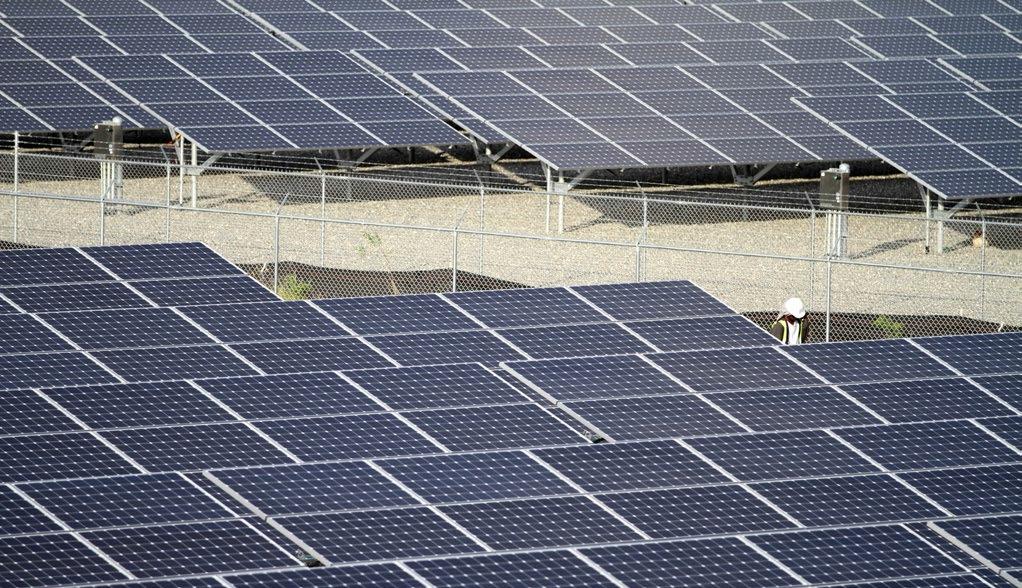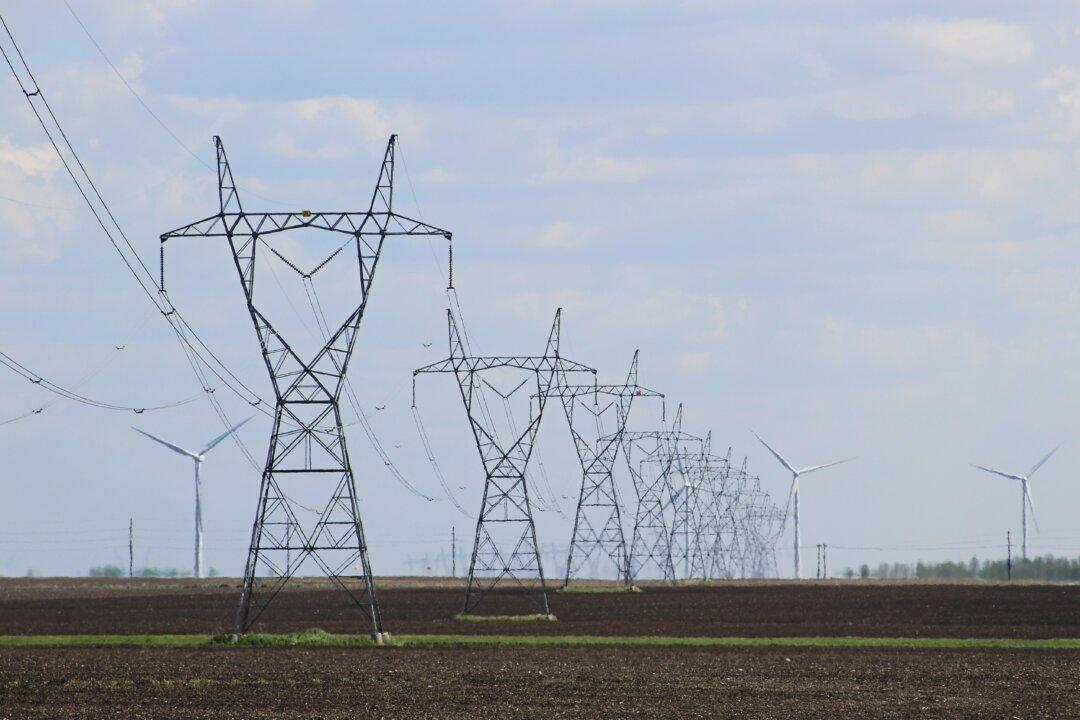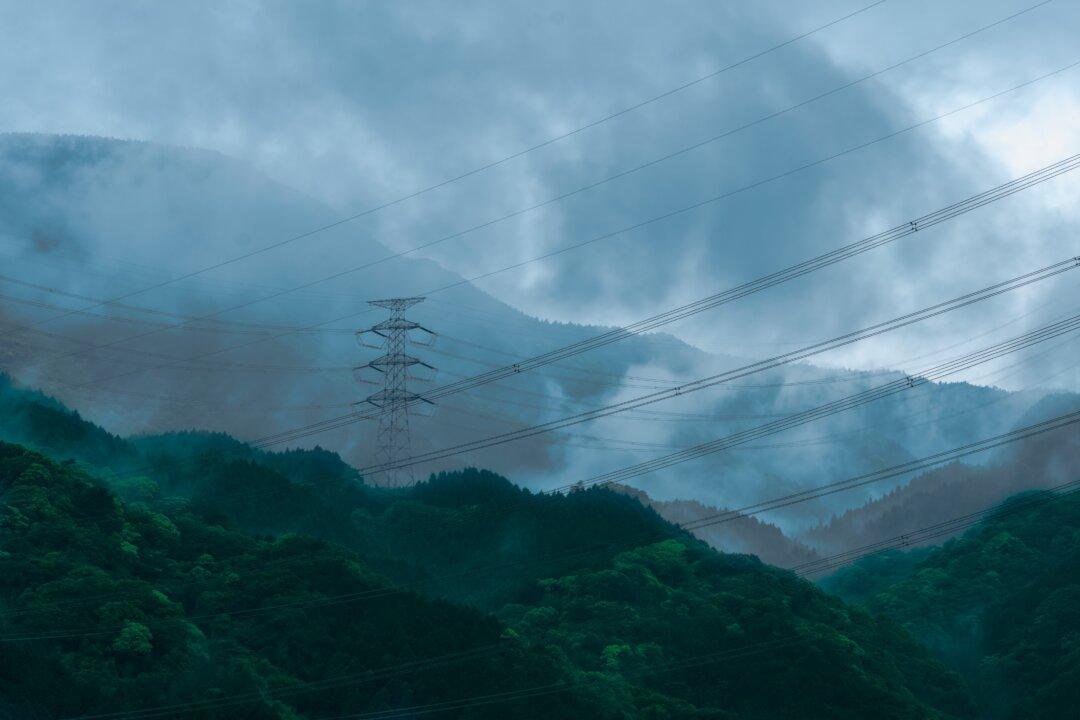Commentary
The green energy subsidies in the Inflation Reduction Act (IRA) have been justified by the Biden administration as a booster of U.S. economic growth and jobs. But when the subsidies are tallied and the overall impacts evaluated, the IRA is a job and economic growth killer.





